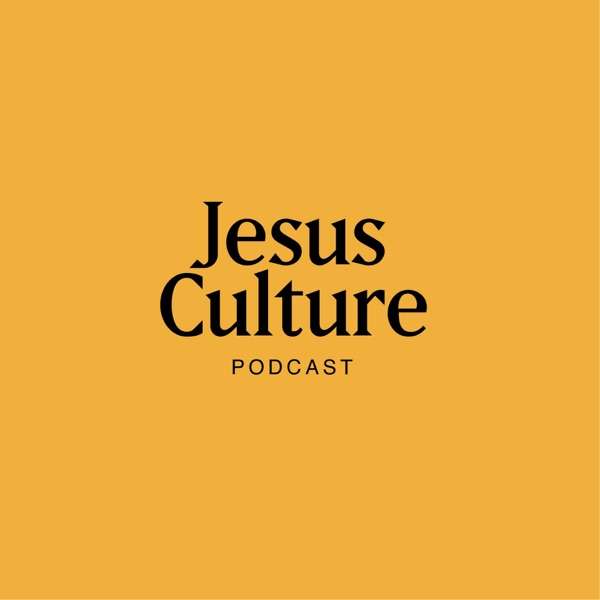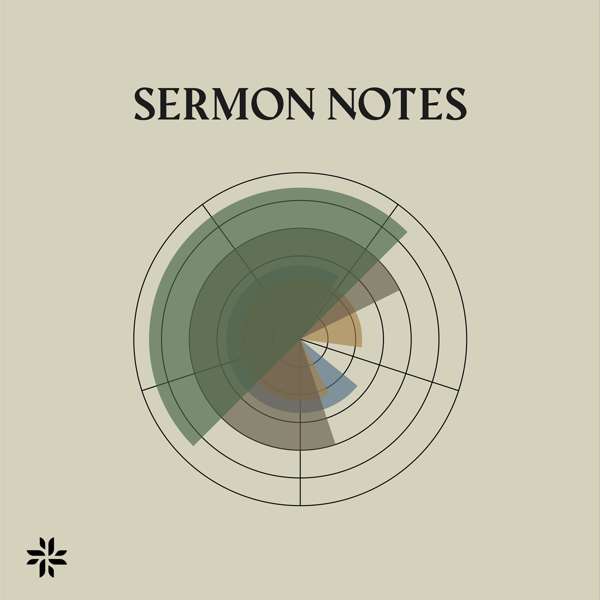The word anxiety (or anxious) is used nine times in the Book of Mormon, and it appears in both positive and negative forms. In the positive form it refers to something more akin to "eagerness" (see Mosiah 29:38 and 3 Nephi 3:3), whereas the negative refers more to "uncertainty" or "troubling fear" (see 2 Nephi 1:16 and Mosiah 28:12). Of the seven negative references, four are penned by the prophet Jacob, including one in which he couples "great anxiety" with the counterbalancing attribute of "faith" (see Jacob 1:5). In this episode Dr. Jared Halverson, associate professor of ancient scripture, discusses the mental, emotional, and spiritual issues related to anxiety as explained in the life and teachings of Jacob. Professor Halverson closely examines Jacob's writings on the anxiety born of adversity (trauma), anxiety due to responsibility (pastoral perfectionism), and anxiety over one's standing before God (scrupulosity). In analyzing Jacob's words, we can find counsel and compassion, whether we struggle with anxiety or are anxious to support those who do.
Click here to learn more about Jared Halverson
Publications:
· "'Because of Faith and Great Anxiety': Jacob and the Challenges of Mental Health" (in Jacob: Faith and Great Anxiety, Religious Studies Center, 2024)
· "Protecting Our Strengths: Alma's Counsel to Shiblon" (in Book of Mormon Insights: Letting God Prevail in Your Life, Religious Studies Center, 2024)
· "The Way, the Truth, and the Way to Truth: Harmony in Pursuit of Orthodoxy" (in I Glory in My Jesus: Understanding Christ in the Book of Mormon, Religious Studies Center, 2024)
· "Swine's Blood and Broken Serpents: The Rejection and Rehabilitation of Worship in the Old Testament" (in Ascending the Mountain of the Lord: Temple, Praise, and Worship in the Old Testament, Religious Studies Center, 2013)
· "Lehi's Dream and Nephi's Vision as Apocalyptic Literature" (in The Things Which My Father Saw: Approaches to Lehi's Dream and Nephi's Vision, Religious Studies Center, 2011)
· "Of Soils and Souls: The Parable of the Sower" (in Religious Educator, 9.3, 2008)

 Our TOPPODCAST Picks
Our TOPPODCAST Picks  Stay Connected
Stay Connected







